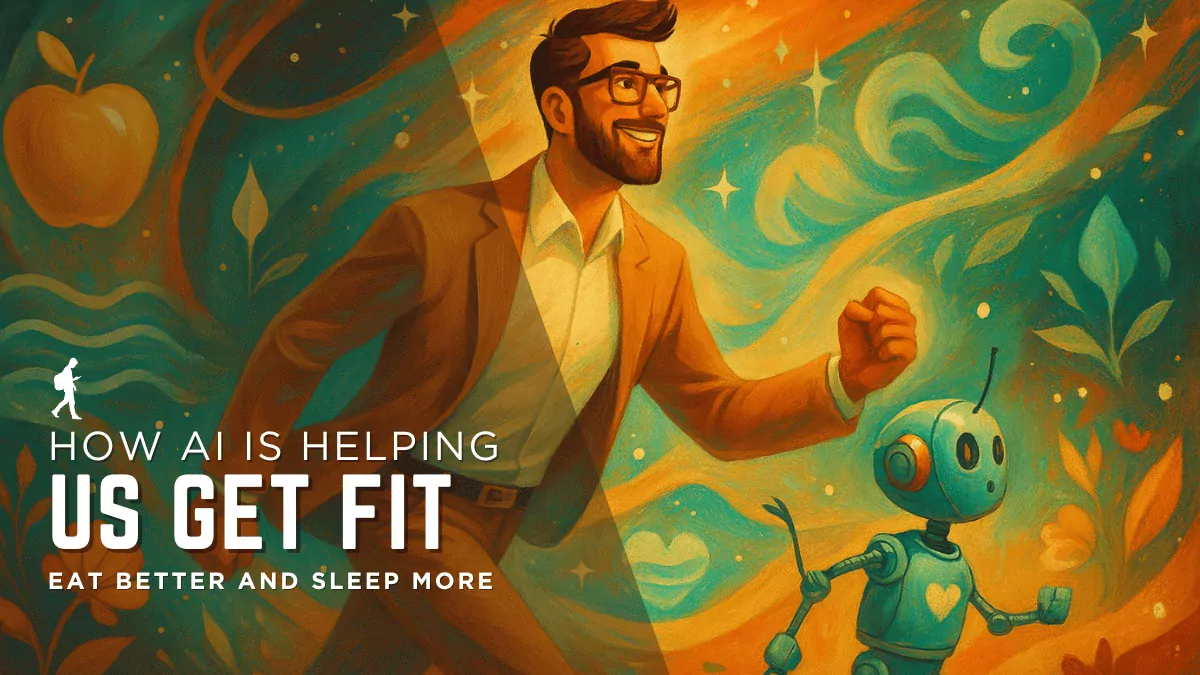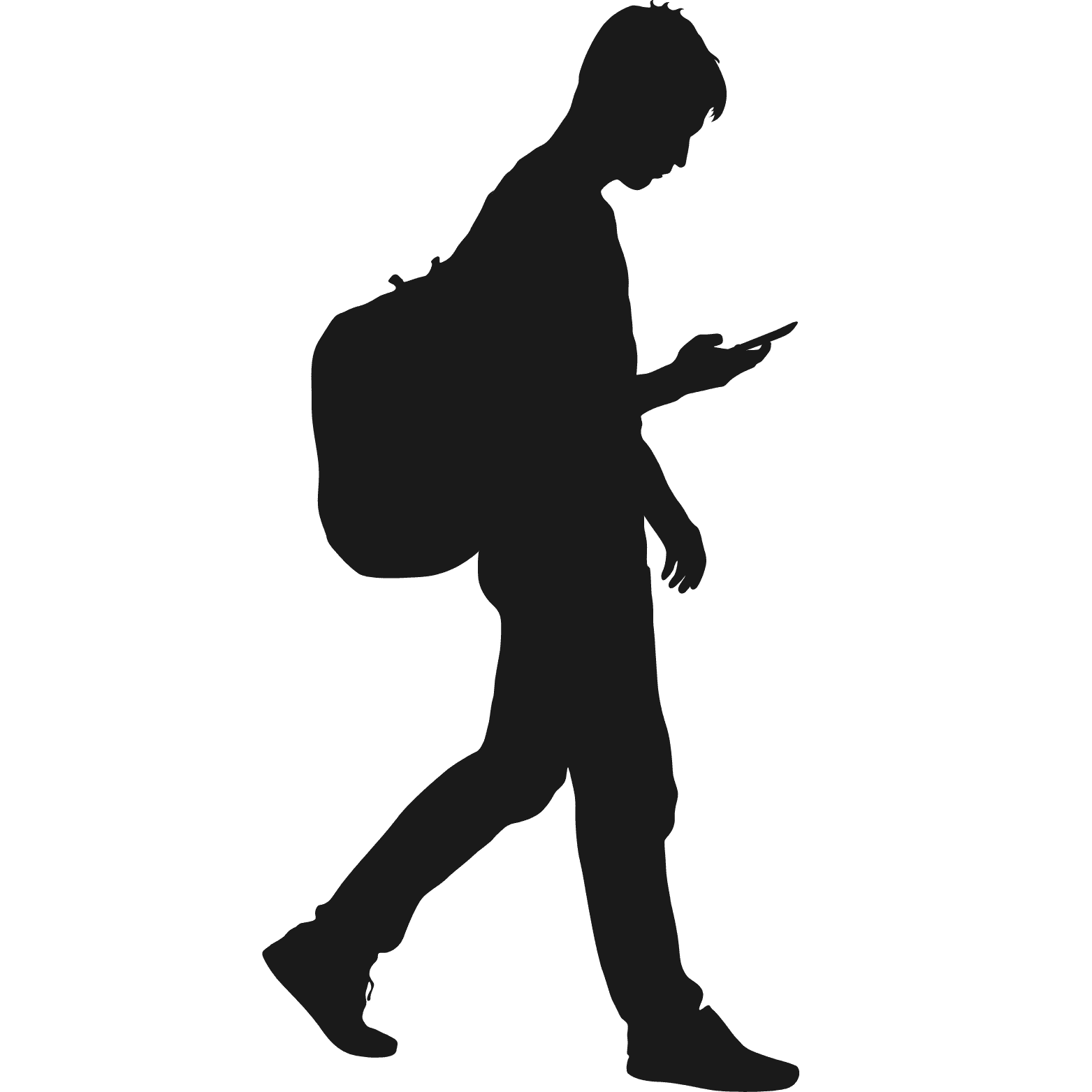AI for Wellness: How Artificial Intelligence Is Helping Us Get Fit, Eat Better, and Sleep More
This blog post explores how AI-powered tools are transforming personal wellness by helping people get fit, eat smarter, sleep deeper, and manage stress more effectively. It’s a guide to building a healthier lifestyle with less effort and more precision.

Why Wellness Needs a Tech Upgrade
Let’s be real life moves fast. Between work, family, and the endless ping of notifications, taking care of your body and mind often falls to the bottom of the list. That’s where AI steps in. Not in a creepy robot-takes-over kind of way, but in a “thank-you-for-making-this-way-easier” kind of way.
AI is now deeply embedded in tools that can actually help you live better not just track stuff, but guide you to make smarter decisions around movement, food, and rest. In this post, we’re diving into how small business owners, entrepreneurs, and busy people can use artificial intelligence to improve their health without adding stress or complexity.
Step 1: Get Personalized Fitness Without a Personal Trainer

Forget cookie-cutter workouts. AI fitness apps now build workouts tailored to your goals, your equipment, your energy level, and even how sore you are.
Top Tool: Fitbod
Fitbod uses machine learning to generate workout plans based on your fitness level, past performance, and available gym equipment. Each time you log a session, the app gets smarter about what to suggest next.
How It Works:
You input your goals (e.g., strength, endurance, weight loss).
The app adjusts exercises based on which muscles need recovery.
It adapts over time to keep challenging you — without risking burnout.
If you want something even more AI-driven, check out Freeletics, which adds mindset coaching and goal tracking.
Step 2: Let AI Handle Meal Planning and Calorie Confusion

Eating well is hard. Between diet fads, conflicting research, and time constraints, you’re more likely to reach for frozen pizza than a balanced macro meal. AI can fix that.
Top Tool: Eat This Much
This app builds customized meal plans based on your calories, macros, and dietary restrictions and it automatically generates a grocery list for the week.
How It Works:
You tell it your dietary goals (vegan, keto, high-protein, etc.).
The AI suggests daily meal plans, snacks included.
It links to grocery delivery platforms so you can shop with one click.
Bonus Tools:
Lumen: Measures your breath to assess metabolism and tailors meal timing.
MyFitnessPal AI: Now uses AI to make logging faster and more accurate.
Real Case Study: Business consultant Amanda R. shared in a Reddit AMA that using Eat This Much cut down her food expenses by $200/month because she stopped wasting ingredients and impulse-buying snacks.
Step 3: Optimize Sleep Like an Athlete

Sleep isn’t just about how many hours you get it’s about quality, timing, and how well your body recovers. AI wearables now do more than track sleep. They help you understand how to improve it.
Top Tool: Oura Ring
The Oura Ring tracks your sleep cycles, heart rate variability, body temperature, and more — and its AI interprets that data into daily recommendations.
How It Works:
Wear it like a wedding band (seriously it’s sleek).
Get a daily “Readiness Score” that tells you if today is a good day to push yourself or rest.
The AI factors in your baseline data and recent trends to advise you on bedtime, caffeine, and exercise timing.
Other Smart Sleep Tool:
Whoop: Wearable for athletes and entrepreneurs with deep recovery data.
Sleep Cycle: Uses your phone to wake you during your lightest sleep phase.
Step 4: Hack Your Stress Levels with AI Driven Mindfulness

You can have the best body in the world, but if your stress is unmanaged, it all falls apart. AI enhanced mindfulness tools are now helping people track stress, understand triggers, and even predict burnout before it hits.
Top Tool: Headspace
Headspace now includes AI guided meditations that adapt based on your emotional check-ins and past sessions.
More to Explore:
How to Put It All Together in Your Daily Life

It doesn’t have to be all or nothing. Here's a simple stack to help you integrate AI into your wellness routine starting this week:
Day-to-Day Stack (Example):
Morning: Wake up with Sleep Cycle → 10-min guided meditation via Headspace.
Midday: AI-generated workout from Fitbod or Freeletics.
Evening: Eat dinner from your Eat This Much plan → Wind down with Muse or a calming Wysa check-in.
Ongoing: Sleep and recovery monitored by Oura or Whoop.
Start with one or two tools. As you get more comfortable, build your routine around them. The real power of AI for wellness is that it adapts to you not the other way around.
The Bottom Line: AI Isn’t Just for Tech Geeks Anymore
This is where AI gets human. These tools aren't about replacing your instincts — they’re about helping you listen to them better. They turn vague goals like "I should get in shape" or "I want to sleep more" into actions that fit your real life, not some fantasy version of it.
Whether you’re running a business, building a side hustle, or juggling a family AI can take some of the mental load off your plate. And that’s the first step to feeling better, thinking clearer, and showing up like the best version of yourself.
Authored By
Dr Ben Adkins
Ben Adkins is a seasoned Digital Marketing expert and passionate AI Enthusiast with years of experience helping businesses grow online. He specializes in blending cutting-edge AI tools with proven marketing strategies to drive results. Follow him on social media to discover a wealth of AI-inspired business insights, practical marketing tips, and lifestyle hacks designed to help you stay ahead in the digital age.

©2025 Serial Progress Seeker
